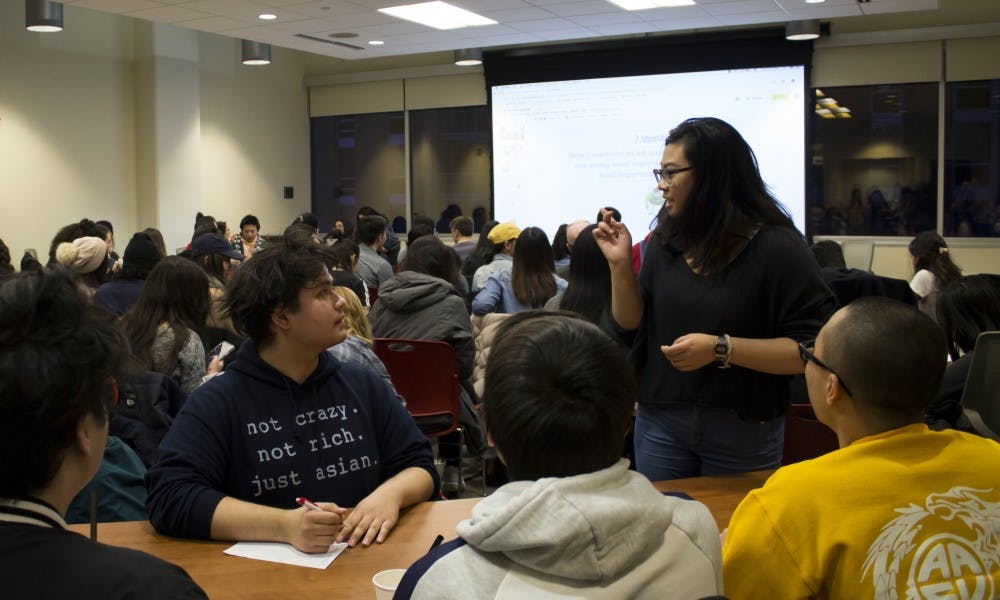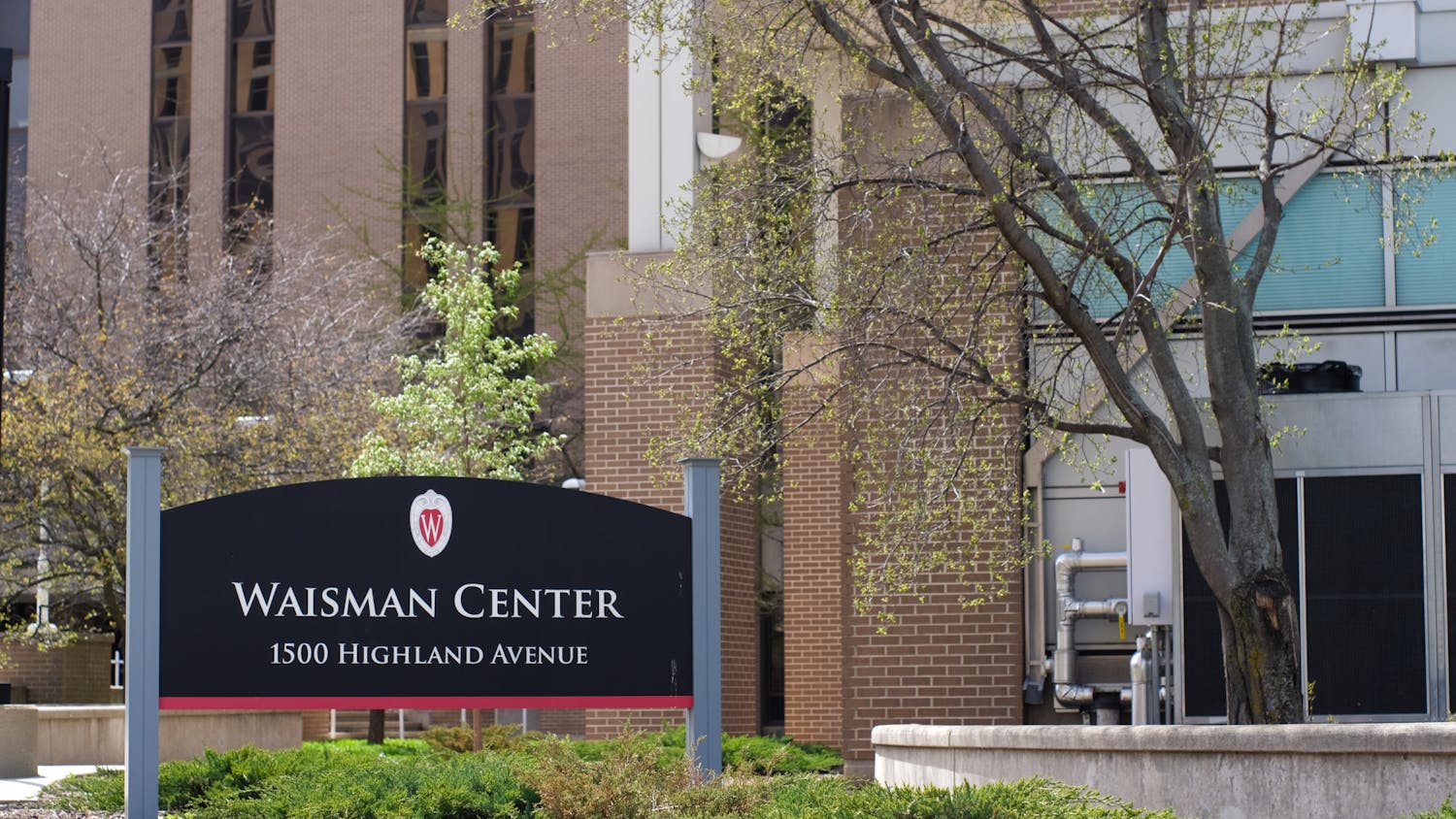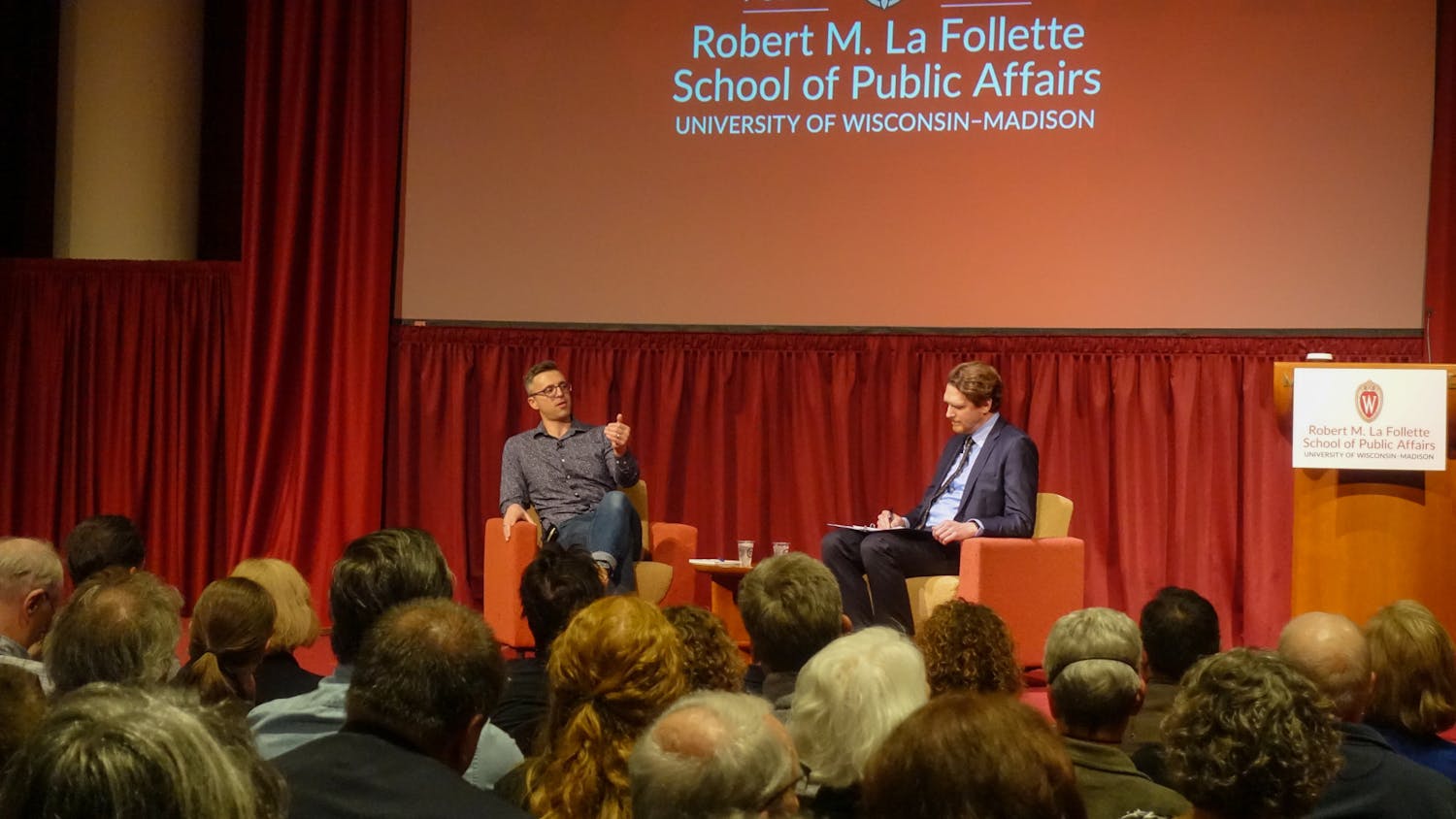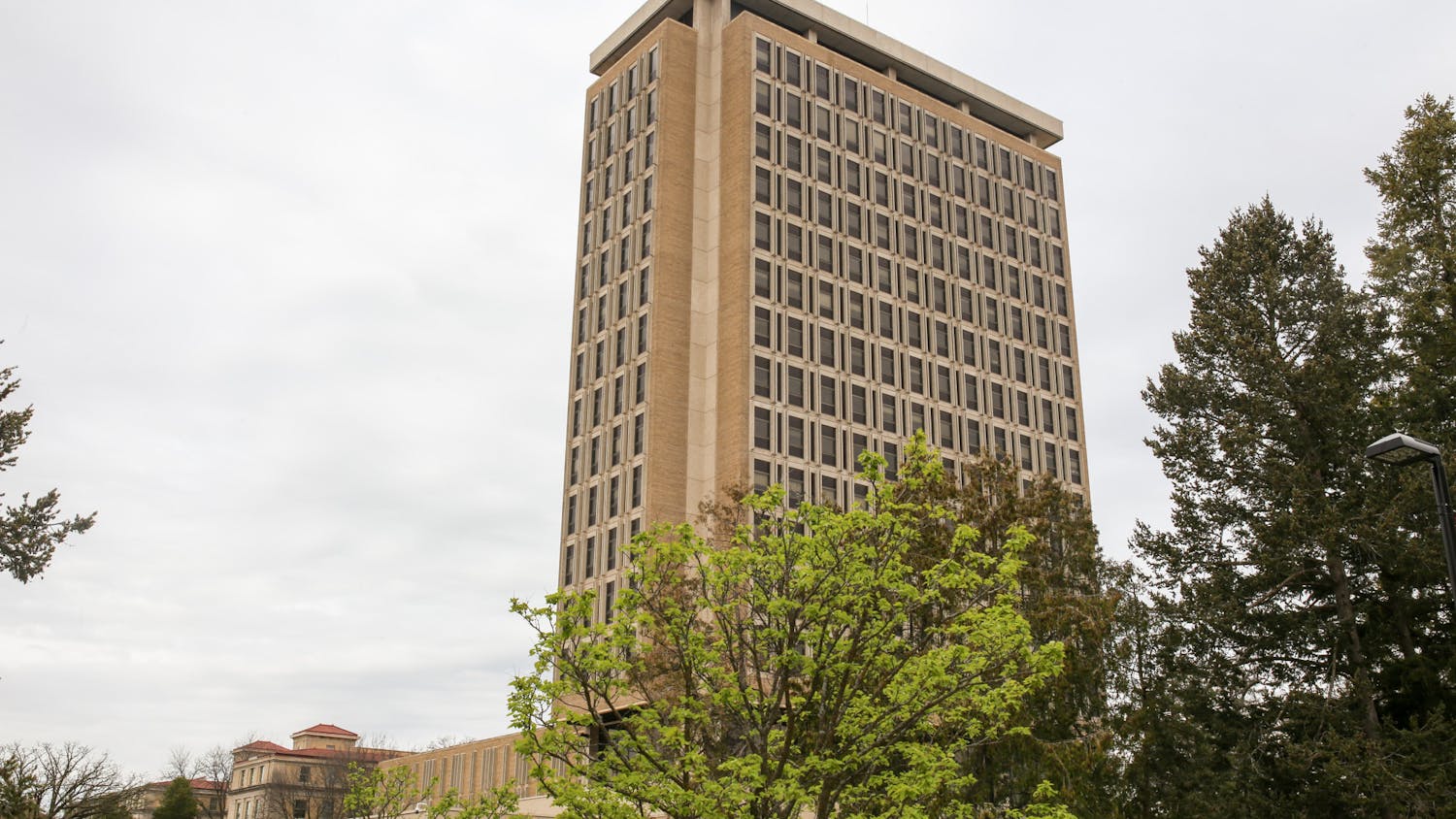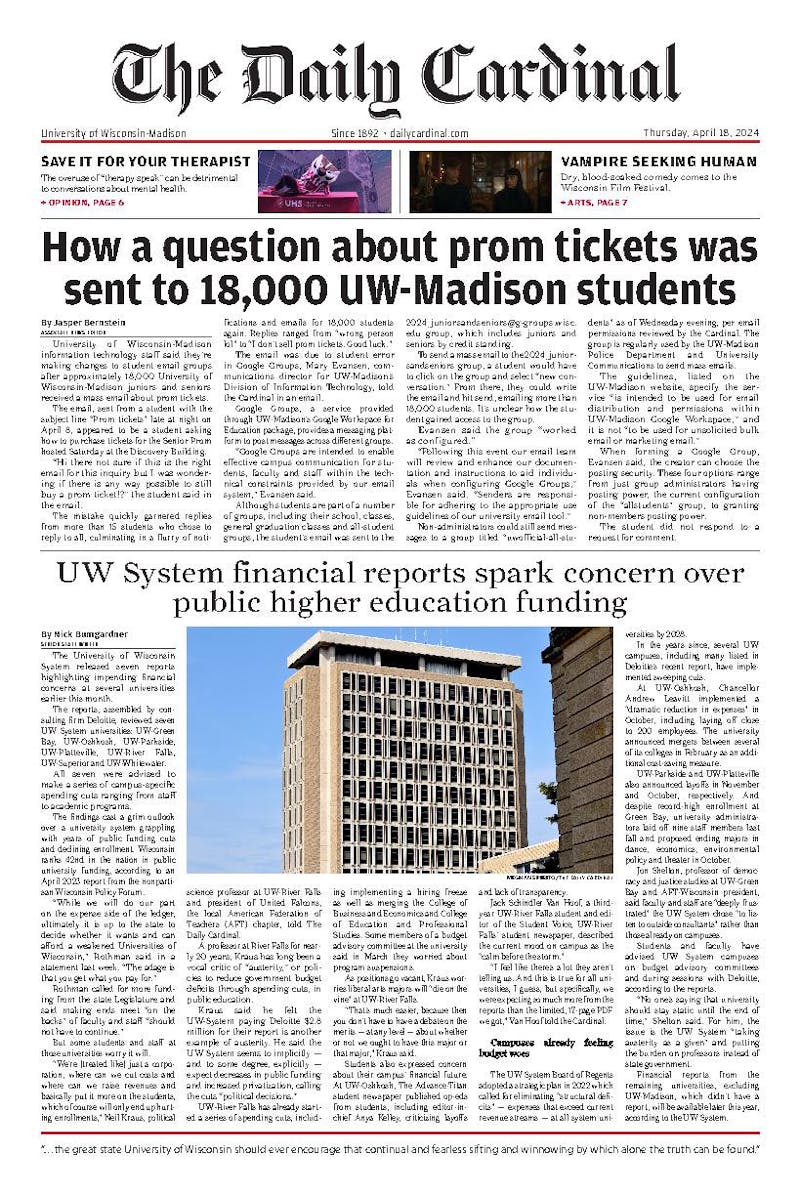Questions on race and ethnicity filled the room in between sips of bubble tea as students shared their experiences that come with having ambiguous identities Tuesday.
“Being mixed is not a dilution of culture. I am not a watered-down version of my cultures,” said UW-Madison student and panelist M in a promise of campus-wide acknowledgement and unity. “I am both of my cultures, and I am mixed.”
Bubble Tea Tuesday connects the Associated Students of Madison Equity and Inclusion Committee with the Asian American Student Union and the Multiracial Student Union. In the first one of the semester, a panel of five mixed-raced students led the conversation on inclusivity and accessibility on campus.
Together, they spoke about their experiences having ambiguous identities on campus and within their daily life. Their narratives explored their differing identities in race and religion.
The speakers at the event, which was open to all students on campus, shared their anecdotes of uncomfortable campus culture, disjointed family relations and rhetoric that often made them feel inferior or in a place where they had to choose which aspect of their identities mattered the most.
ASM Equity and Inclusion Chair Agalia Ardyasa — one of the creators of the monthly event — explained her struggles with searching for an internship, since companies often don’t accept her work authorization.
“We have to be ‘better,’” Ardyasa said. “We have to put in more effort.”
She also shared her experience with navigating around language. As a speaker of both Indonesian and English, she finds that some people get tripped up on the way she speaks, a connection she found with other international students like herself.
Other students mentioned the difficulty of being recognized as the speaker on behalf of an entire underrepresented group, which happens frequently on predominantly white campuses like UW-Madison.
Like Ardyasa, AASU member Cathy Tran noted that the inability to communicate how she feels can sometimes lead her to feel “trapped.” She also spoke about the importance of understanding one another when the first thing individuals often judge is appearance.
“Visual identity is all people see and some people will judge,” Tran said. “And that’s something that I want to talk about with mixed identities because sometimes people always judge you by what you look like.”
After a few icebreaking questions, the panelists filled their seats at the front of the room. With a question of ambiguity in race and ethnicity, the discussion had begun. In order to explore this uncertainty, one of the panelists provided a background on the meaning of colorism.
Colorism is classified as the disadvantages or advantages a certain person gets due to the color and pigment of their skin that exists within all identities — often times lighter-skinned people are seen as “more desirable,” according to M.
“As a light-skinned Asian woman, I feel like in a lot of ways I’m more accepted by the dominant culture in America — like I am a more palatable version of Asian for white people,” M said.
Racial and ethnic ambiguity means when individuals are unable to correctly recognize or often misidentify how a person identifies, resulting in those with ambiguous identities being put into boxes, according to UW-Madison student and panelist N.
Another panelist, S, noted how this directly impacts the process of checking race and ethnicity boxes on forms. S, who identifies as Mexican and Moroccan, was often able to check “Hispanic,” but unable to find any identifier for his Moroccan heritage — even obligated to identify as Asian-American for American Family Insurance.
“It’s more advantageous if I just identify with my Hispanic side for financial aid, and that’s unfair because I shouldn’t be able to choose only a part of my identity and ignore the other parts,” S said.
This confusion has provided some difficulty for mixed raced students to feel comfortable on campus, especially in organizations they align with. For N, spaces where students are supposed to feel safe often leave them with demands to prove their identity rather than provide comfort.
“Mixed people are in this really weird place where we’re people of color in white spaces … but also when we’re in spaces with people of color, it’s like we’re always trying to prove that we are enough,” M said.
M also stated that it feels like multiracial students are “always fighting,” unless they are in a space like the MSU.
Audience members were encouraged to share stories of their own in hopes of creating a more unified community at UW-Madison, the planners of the event on Facebook wrote.
“You don’t have to choose to identify with one race or the other — you can be both. Being mixed is not just being this culture or [that] culture, it is also the unique experience of being mixed,” M said.

